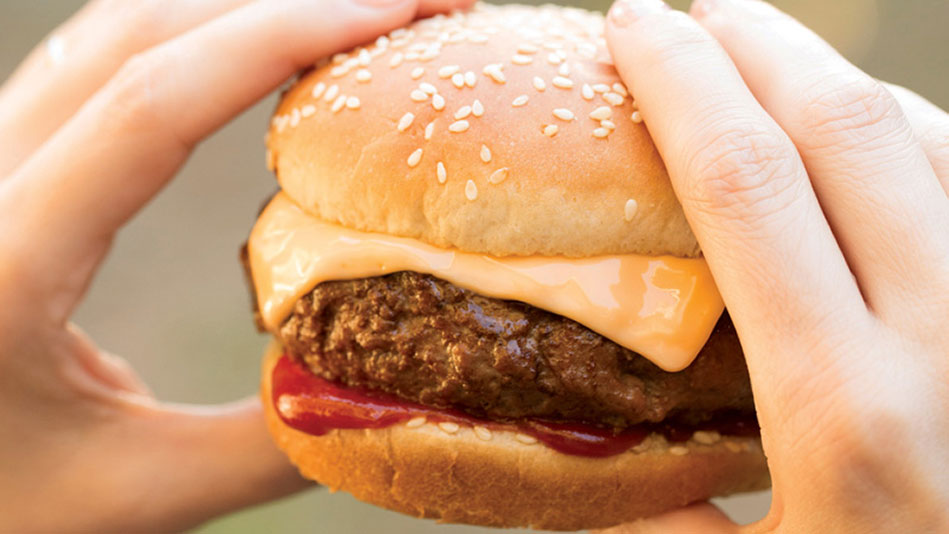These Breathtaking Sculptures Revive Dying Coral Reefs
Colleen Flanigan's underwater sculptures help bring the ocean's dying reefs back to life.

Photo: Ari Spenhoff
"Growing up in Monterey, California, I marveled at corals' natural beauty," says artist, metalsmith and lifelong ocean lover Colleen Flanigan, 43. "They seem so magical—it's beyond anything you could make." But in 2003, at a sustainable architecture conference, she heard news that crushed her: The world's coral reefs—the most diverse of marine ecosystems, which roughly a quarter of the ocean's species depend on—were dying from climate change, pollution, overfishing and tourism. (It's estimated that most will be threatened by 2050.)
But the news wasn't all bad. At the conference, Flanigan also learned about a promising solution to reverse corals' fate: the Biorock process, a method that uses metal frames and low-voltage electric currents to raise the pH level of seawater, which helps generate coral nurseries. (Biorock corals have been found to better withstand environmental stressors than naturally occurring ones.) "I had to create with this material," Flanigan says. "It was a way to use my background in metalwork and make living art that could help save corals." To install her sculptures underwater, she first needed to learn to scuba dive. "It was terrifying—and freezing," she says. "But I had to override my fear."
Next: The effects of the largest coral nursery of its kind



